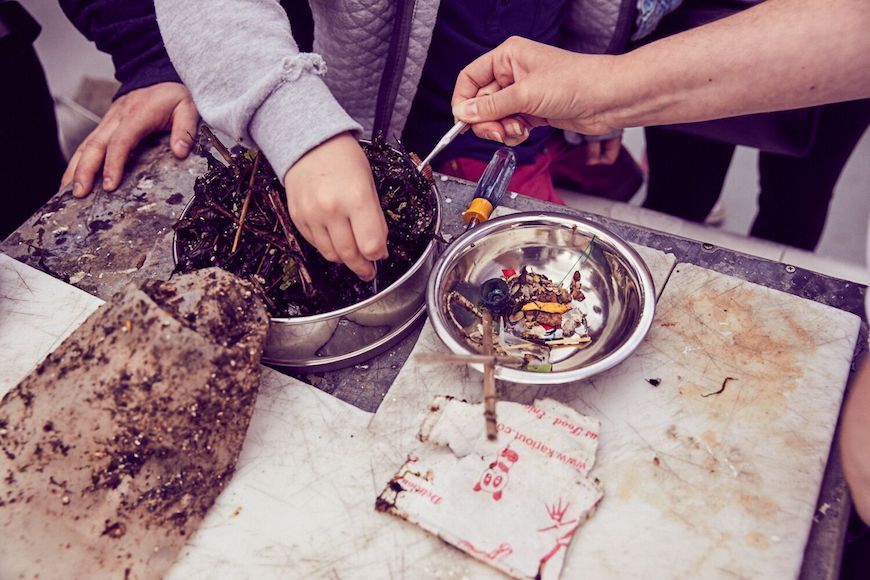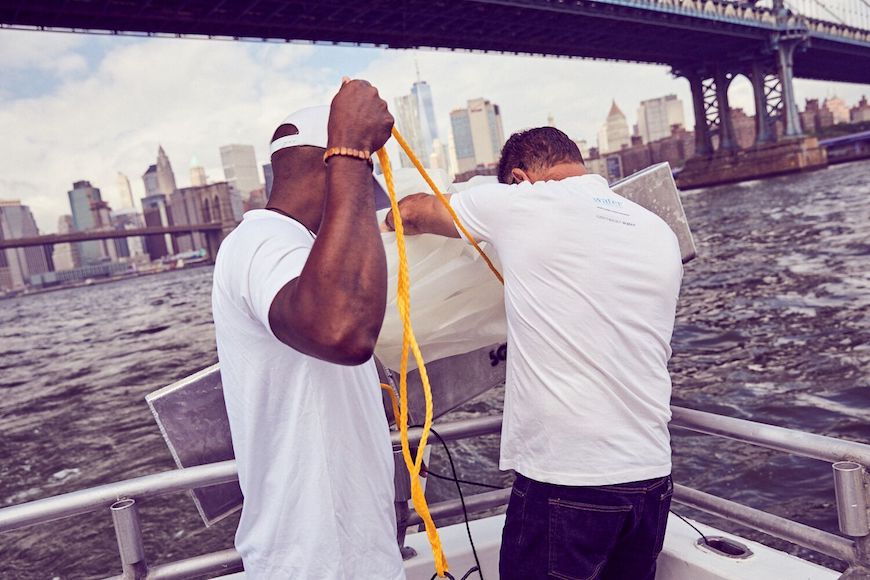“Plastic Smog” Is Destroying the Oceans—Here’s What You Can Do to Help Stop It
You might have heard talk of a gigantic floating "island of trash" in the Pacific—and indeed, there are regions of the ocean where trash accumulates due to current patterns—but to view plastic contamination in the ocean in this way is to oversimplify things, says Dr. Eriksen, who has trawled oceans across the world to calculate the total global amount of ocean plastic. "When we drag our nets across the sea surface, we always have a handful of plastic confetti, called microplastic," he explains. "We find it everywhere we look, from the sea surface to the seafloor, from the Arctic to Antarctica, and every waterway in between. The idea of a plastic smog reflects reality much better."

Microplastic refers to the teeny, tiny pieces of plastic in the ocean that break down from pieces of larger plastic litter. "At about 300 miles off shore they begin to fall apart. They begin to get torn apart by fish and reptiles; they fragment due to UV degradation. And waves will crush them. That contributes to the abundance of microplastics out there," says Dr. Eriksen. As of 2014, 5.25 trillion microplastic particles (that's 269,000 tons worth) were floating in the sea, according to the Global Estimate of Marine Plastic Pollution.

{{post.sponsorText}}
Along with microplastics, the ocean also contains a considerable amount of macroplastics: larger debris like water bottles, earbuds, and pretty much every straw that has ever lived in an iced matcha latte, smoothie, or cold brew.
The good news about both varieties of plastic pollution? According to Dr. Eriksen, the ocean is totally capable of cleaning itself: "It’s kicking [macroplastics] out, and the way it's doing it is by washing them ashore. [Microplastics are] being consumed by filter feeders that are then excreting it as fecal pellets," he explains.
As of 2014, 5.25 trillion microplastic particles (that's 269,000 tons worth) were floating in the sea.
By perpetuating the myth of the "trash island"—something that seems like it should be able to be scooped up with the world's largest net, and therefore just needs one company with a mission to swoop in and fix the problem—Dr. Eriksen believes the public (and particularly the media) is drawing attention away from what each person can do on an individual scale. "It’s nitty gritty. It’s not sexy," he says. "Working with the consumer industry is a long-term strategy. [It means] tons of litigation. Policy fights. But those are the things that will have the biggest payoff."
In fact, he says the first two changes that need to happen—like stat—have nothing to do with deep-sea cleaning expeditions. "The primary way [to stop plastics in the ocean] is by stopping flow from land to sea. The second is getting a handle on the maritime activities from the fishing industry primarily for the loss of gear," he stresses, referring to fishing gear like nets and buckets. (This gear, which is made from material that is supposed to withstand harsh ocean conditions, accounts for upwards of 80 percent of the debris that accumulate in the plastic-dense regions referred to as trash islands.)

On a day-to-day basis, you can "clean" the ocean simply by avoiding single-use plastics like straws, grocery store bags, and Q-tips. And according to Sabra Krock, co-owner and creative director of the swimwear retailer Everything But Water, and creator of the Water is Everything initiative (which organized the trawl with 5 Gyres), you can also make a major difference with how you use your buying power.
"Purchase purposefully. We have a throw-away culture that has now bled into our purchasing behavior," Krock says. "Purchase higher quality [clothing] items that will last for seasons to come rather than a low quality item you buy with the intent to throw it away at the end of the season." That way your seasonally chic swimsuit won't end up in a dolphin's esophagus (harsh, but true).
"There is no silver bullet to undo the damage we have done to the environment. Our focus simply needs to be on reduction," Krock adds. "People wish for easy ways to justify and continue our throwaway culture, but the only solution is to stop generating waste in the amount we are, and to stop hoping for others to figure out how to solve the problem."
Speaking of watching your eco footprint, here's how to grow your own avocados, and cut down on waste at the same time. Plus, what happened when one writer went zero waste for a week.
Loading More Posts...